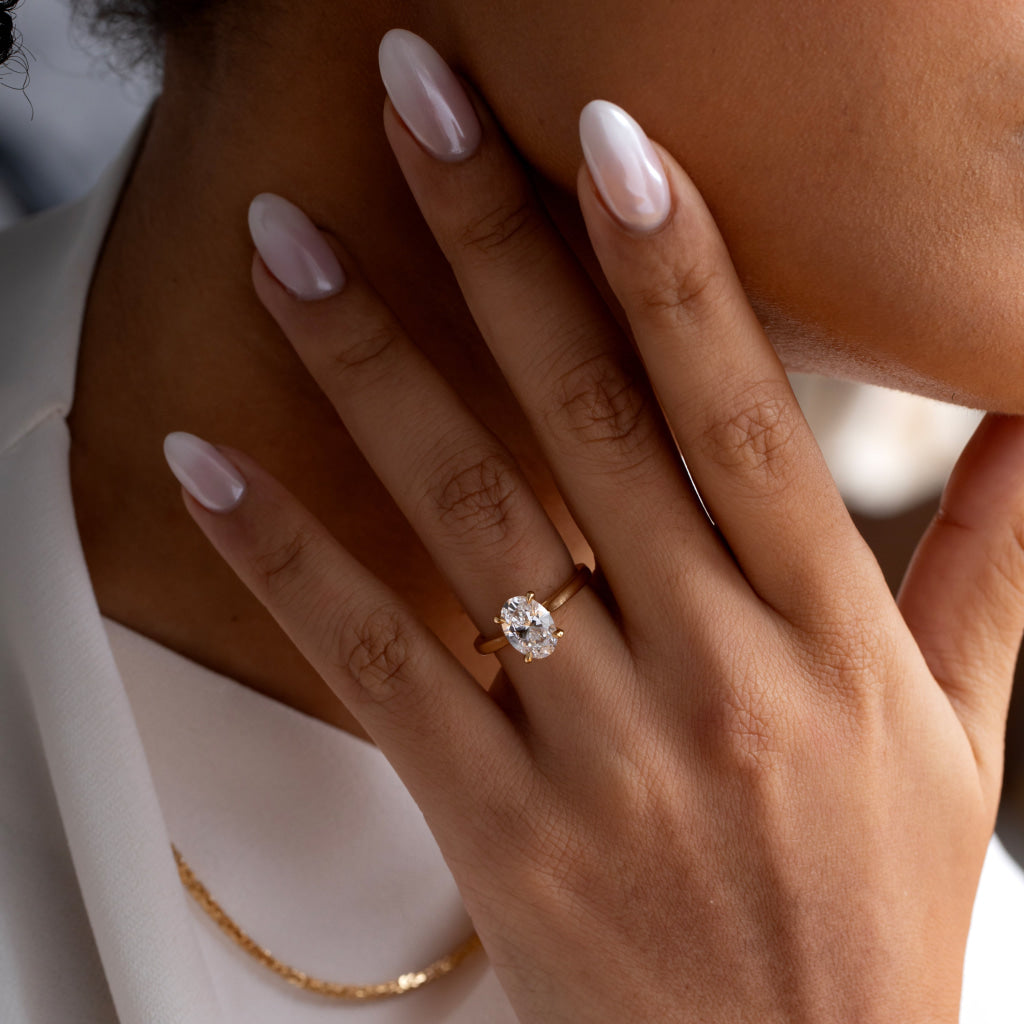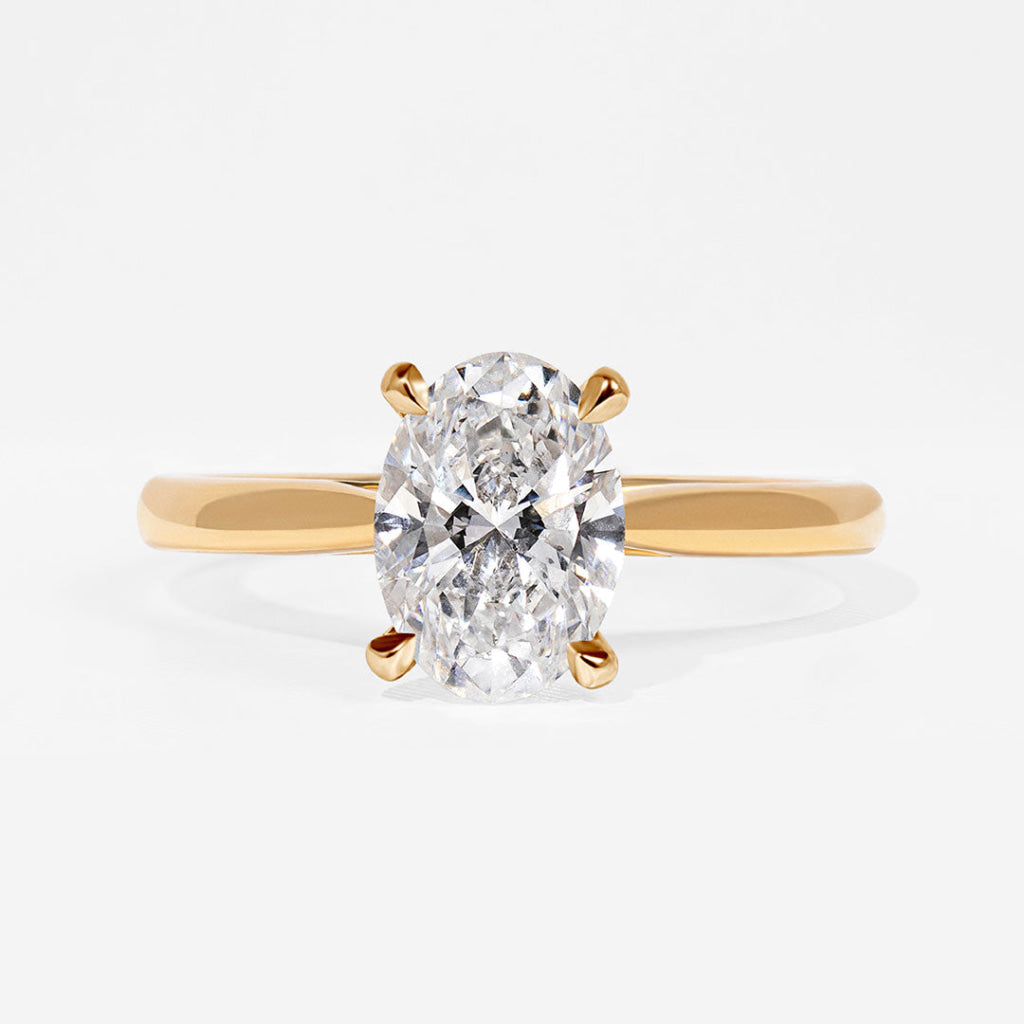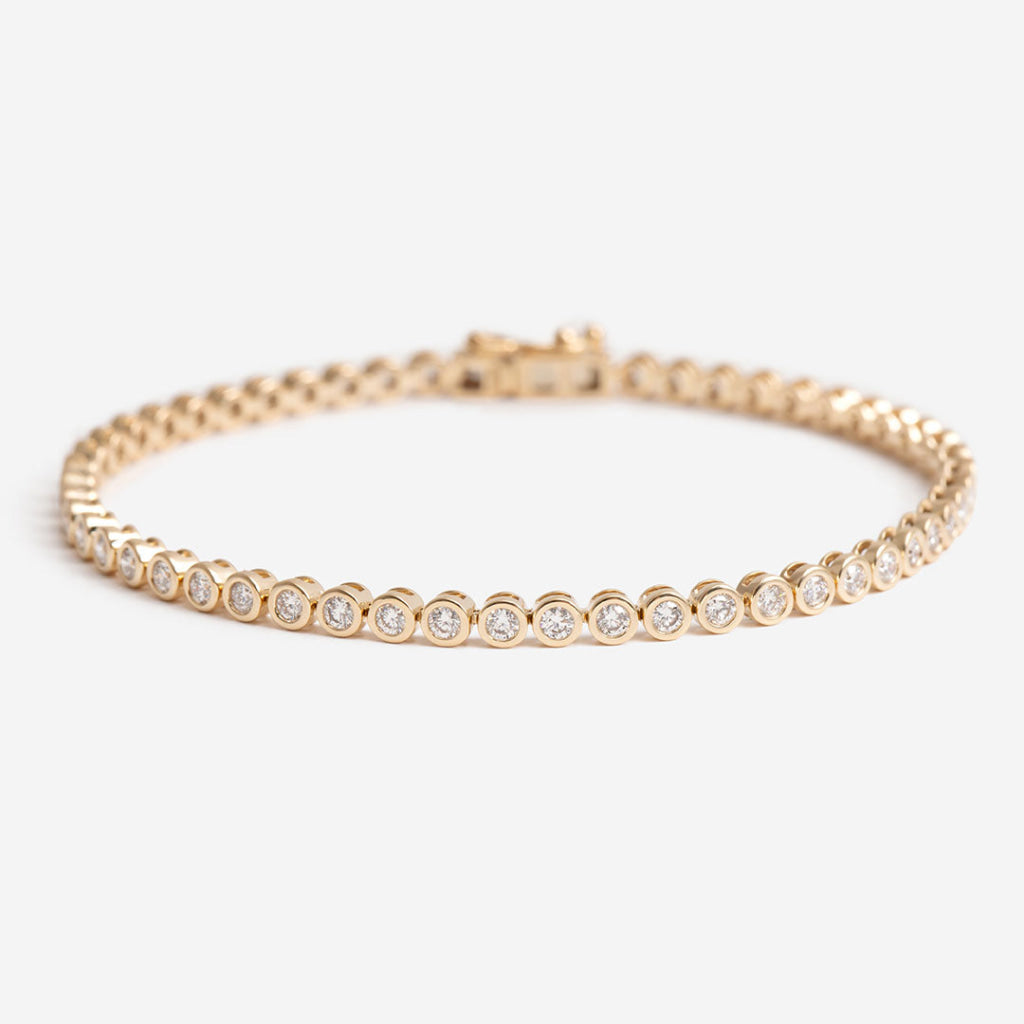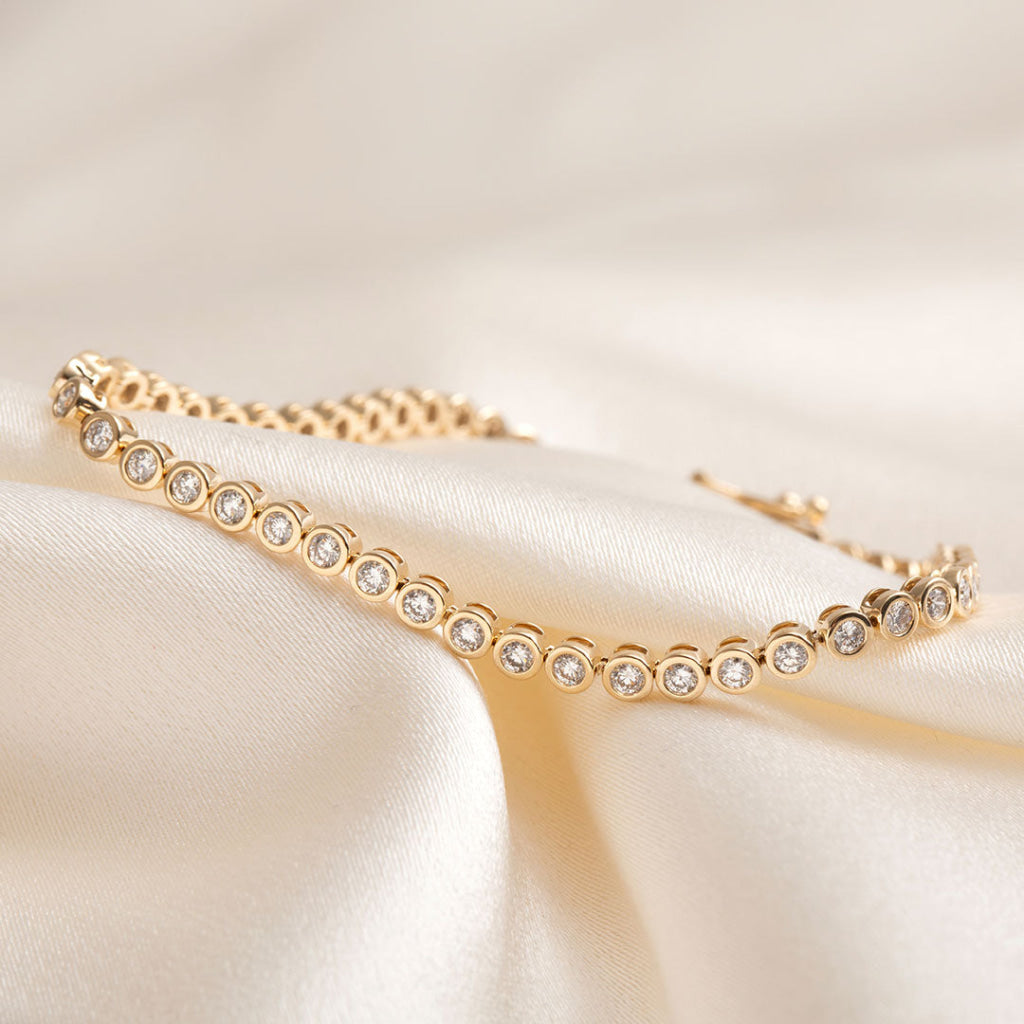Diamonds are one of the most durable natural materials to be found on our planet. They have long been recognized for their timeless beauty and have been a luxury centrepiece in jewellery items for centuries. According to reports, with no less than 116 million carats mined in 2021, it’s no surprise they are one of the most well-regarded and popular gemstones.
So for anyone curious about when diamonds became popular, Join our diamond experts here in Dublin to discover more. Let’s start with the brief takeaway before we delve into more details about this sparkling well-loved gemstone.
Diamonds became popular in the 15th century In Europe and were worn as a symbol of wealth. However, their earliest use dates back to India in the 4th century BC. During the 18th and 19th centuries, they became more popular and were finally promoted by De beers in 1947.
So we can more easily understand when diamonds became popular, let’s begin by finding out some background to this well-loved stone.
When Did Diamonds Become Popular?
The history of diamonds is long and complicated, but we can trace the earliest known use of diamonds back to India in the 4th century BC. At this time, diamonds were primarily used for religious or spiritual purposes rather than as jewellery. It wasn't until the 15th century that diamonds became popular in Europe. At this time, they were primarily used by royalty and the upper class as a symbol of power and wealth.
The first known diamond mines were in India and have been mined for over 3,000 years! However, it was not until the 15th century that diamonds became popular in Europe. This is because of a change in the way that diamonds were cut. Before this time, most diamonds were cut into cabochon shapes, which are smooth and rounded.
However, in the 15th century, diamond cutters began experimenting with new ways of cutting diamonds, including facets (the flat surfaces on a diamond). This unique style of cutting made diamonds much more sparkly, making them very popular among the wealthy.
First diamond mines in Brazil
It was also around this time that the first diamond mines were discovered in Brazil. These diamonds were much cheaper than European diamonds, quickly becoming popular among the lower classes.
This increased the demand for diamonds even more, and by the 18th century, they were one of the most popular gemstones in the world.
In the 19th century, diamonds became even more popular when Carl Fabergé began using them in his famous jewelled eggs. Diamonds were also used in engagement rings for the first time during this period.

Diamond engagement rings
Although diamond engagement rings are the 'go-to-' for any couple looking to commit to each other, diamond engagement rings only gained popularity when Archduke Maximilian of Austria proposed to Mary of Burgundy with a diamond ring in 1477. After that, the practice slowly gained popularity until 1867, when Tiffany & Co introduced the solitaire engagement ring.
This was a setting where the diamond stands alone without any other stones or metal around it, which is how most rings are designed today. You can understand more about choosing the right diamond in our diamond buyer’s guide - the 4C’s.
A diamond is forever
It wasn't until the 20th century that diamonds really became mainstream. Then, in 1947, De Beers launched its now-famous advertising campaign with the slogan "A Diamond is Forever."
This campaign was so successful that it increased the demand for diamonds and helped to create the idea that diamonds were a necessary part of an engagement ring.
Today, diamonds are more popular than ever. Thanks to advertising and pop culture, they are seen as the epitome of luxury and status.
Who made diamonds popular?
Along with others, De Beers led the way in making diamonds popular. Thanks to their brilliant marketing campaigns, diamonds have been associated with luxury, status, and romance for decades. Others who helped to promote the popularity of diamonds are Hollywood, the diamond industry, and even royalty.
Royalty who popularised the giving of diamonds was Napoleon Bonaparte, who gave his wife Josephine a diamond engagement ring.
The first recorded instance of diamonds being used as jewellery dates back to 4th century India. Prior to that, diamonds were primarily used for religious or spiritual purposes. In the early 20th century, the discovery of even more diamond deposits in Africa and South America decreased prices, making them more accessible to the average person.
By the end of the century, diamonds were being used in a wide variety of jewellery, including engagement and wedding rings, earrings, pendants, and more.
When did diamonds become so valuable?
The value of diamonds has changed a lot over time. In the early days, diamonds were valued for their strength and durability.
They were used in tools and weapons because they could withstand a lot of wear and tear. Gradually, diamonds became more valued for their beauty. Finally, they were used in jewellery and became a symbol of wealth and power.
As we mentioned previously, the first recorded use of diamonds as jewellery was in India in the 4th century BC. The value of diamonds really took off in the late 1800s when large diamond mines were discovered in South Africa.

This led to a massive increase in the supply of diamonds, and they became more affordable. This was when diamonds started to become very popular.
In the early 20th century, the discovery of even more diamond deposits in Africa and South America decreased prices, making them more accessible to the average person. As a result, by the end of the century, diamonds were being used in a wide variety of jewellery, including engagement and wedding rings, earrings, pendants, and more.
When did lab-grown diamonds become popular?
In the early 1900s, a new type of diamond became available. These are made in a laboratory rather than being mined from the earth and are identical to natural diamonds. They have the same chemical and physical properties as natural diamonds but are much more affordable.
In recent years, lab-grown diamonds have become increasingly popular as an eco-friendly and ethical alternative to mined diamonds. Moreover, thanks to technological advances, lab-grown diamonds are now indistinguishable from natural diamonds to the naked eye.
This, combined with their lower price tag, has made them a popular choice for engagement rings and other fine jewellery. However, this led to decreased demand for natural diamonds and increased demand for lab-grown diamonds.
Lab-grown diamonds are now the preferred choice for many people who want to buy a diamond, particularly a lab-grown engagement ring. This is because they are more affordable and have the same physical properties as a natural diamond.
Here at Gear Jewellers, we are proud to say all our diamond jewellery, including engagement rings, pendants, bracelets, and earrings, are conflict-free.
And to conclude…
If you are thinking of popping that important question or simply want to treat the one you love to a beautiful diamond ring, then don’t forget to browse our store for inspiration.
Or if you would like to visit us here at our luxury store in Dublin, experience VIP treatment and browse our specially curated diamond engagement ring collection.
With diamond experts qualified by the Association of Fine Jewellers and the National Association of Jewellers, you can be certain of specialist advice from our incredible team. Drop in or book an appointment for a luxury experience here in our elegant Dublin flagship store on Parnell Street.














